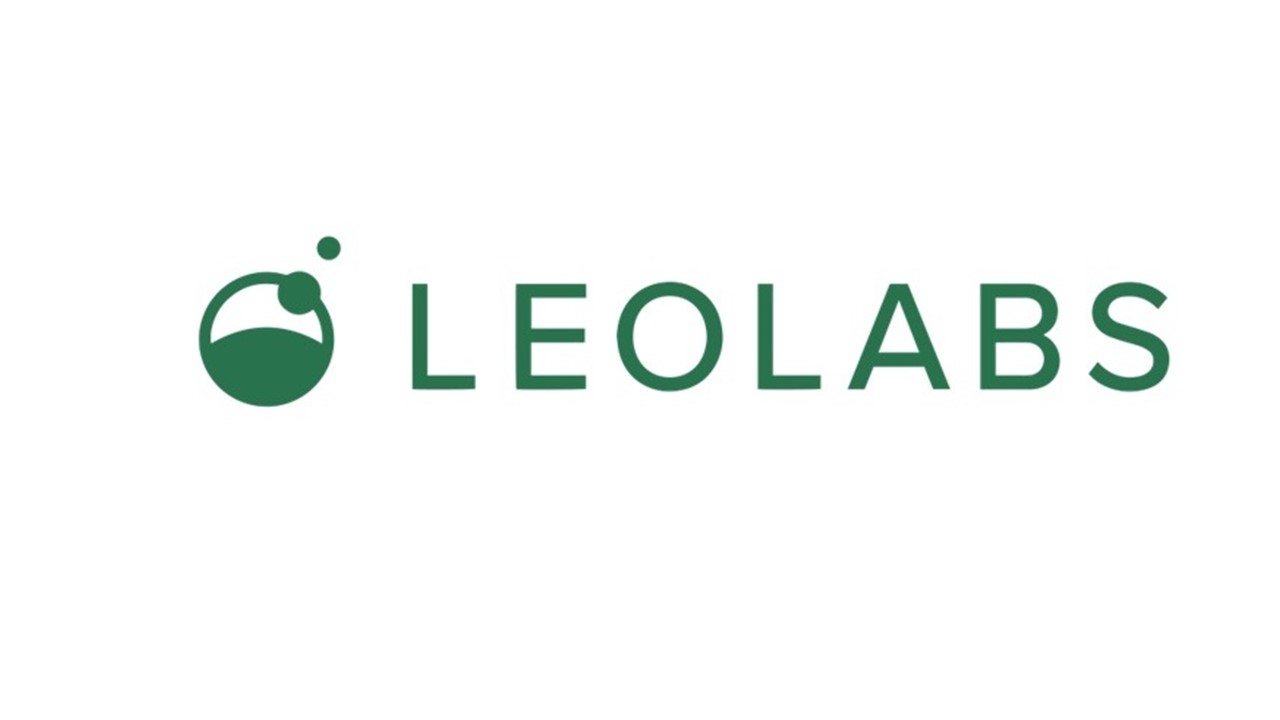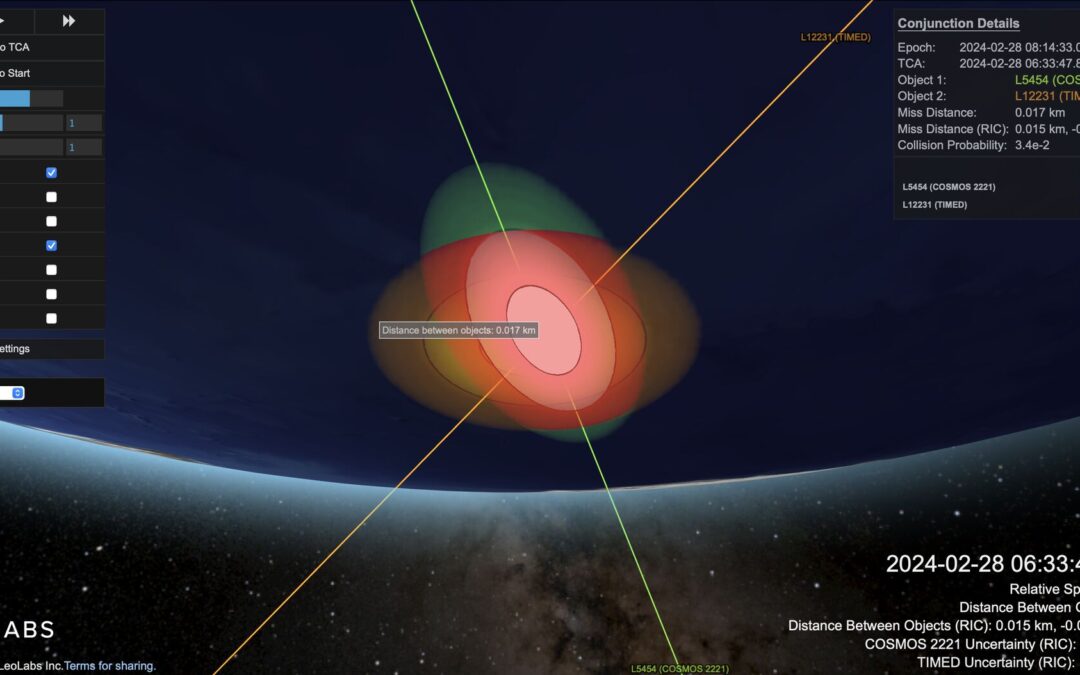Image: LeoLabs
What’s New: Leolabs reporting a derelict Russian satellite and an operational NASA satellite, both in LEO, both non-maneuverable, passing within 20 meters of each other last week.
Why It’s Important:
- The NASA satellite could have been damaged or destroyed.
- More importantly – a collision could have added up to 7,000 tracked fragments, increasing the total number of tracked fragments by 50% (per LeoLabs).
What Else to Know:
- “There may be as many as 170 million pieces of debris in orbit, with the vast majority too small to track due to limits in current technology, but no less dangerous.” – Federation of American Scientists.
- The Kessler Syndrome is a cascading series of collisions in space where a collision in space causes debris, which collides with other objects creating more debris, and so on.
- This cascade makes LEO or parts of LEO unusable
- It could also make LEO sufficiently dangerous that it would be difficult to penetrate LEO to get to MEO, GEO and beyond.
- The LeoLabs post below describes the event as “rare,” and it is – for two big, trackable satellites.
- If you have enough time and repetition of events, “rare” is also “inevitable.”
- Might be not so rare for smaller, untracked objects.
- In 2010 NASA scientist Donald J. Kessler wrote “… the result of all research to date confirms that we are now entering a time when the orbital debris environment will increasingly be controlled by random collisions.”
- While some things have been and are being done to prevent collisions and remove debris from orbit, we wonder if events like last week’s show we are doing too little, too late.




At approximately 06:30 UTC today (Wed, 28 Feb) we observed a close conjunction at 608 km between two non-maneuverable spacecraft: a derelict Russian satellite called COSMOS 2221 and an operational NASA satellite called TIMED. The miss distance was less than 20 m with a probability of collision (PC) of 3% to 8% at the time of closest approach (TCA).
Why does this event matter?
This event is notable because it is rare. In the last two years, there have been only six other events with a miss distance of less than 20 m between two intact, non-maneuverable objects. In addition, the resulting debris would have created an increased collision risk on nearby lower orbits used by large constellations and human spaceflight.
Our analysis indicates that a collision between these two objects would have resulted in approximately 2,000 to 7,000 cataloged fragments. This number is derived from analyzing the total mass, spacecraft construction, relative velocity, and encounter geometry. There are nearly 12,000 fragments in LEO as of 15 Feb. This one incident could have added 50% more debris.
The combined mass of COSMOS 2221 and TIMED is 2,530 kg. The relative velocity at TCA was ~14 km/s, well above the six km/s threshold for a hypervelocity event. If the two objects hit center-of-mass on center-of-mass, it could have created up to three times the objects’ combined mass (i.e., ~7,500 fragments). However, this was highly unlikely. The most likely event was that one of the object’s solar arrays would clip the other object’s main body. In that case, one object would have been destroyed and the other would have been damaged. For instance, if TIMED clipped COSMOS 2221, the total fragment count could have been approximately 2,500.